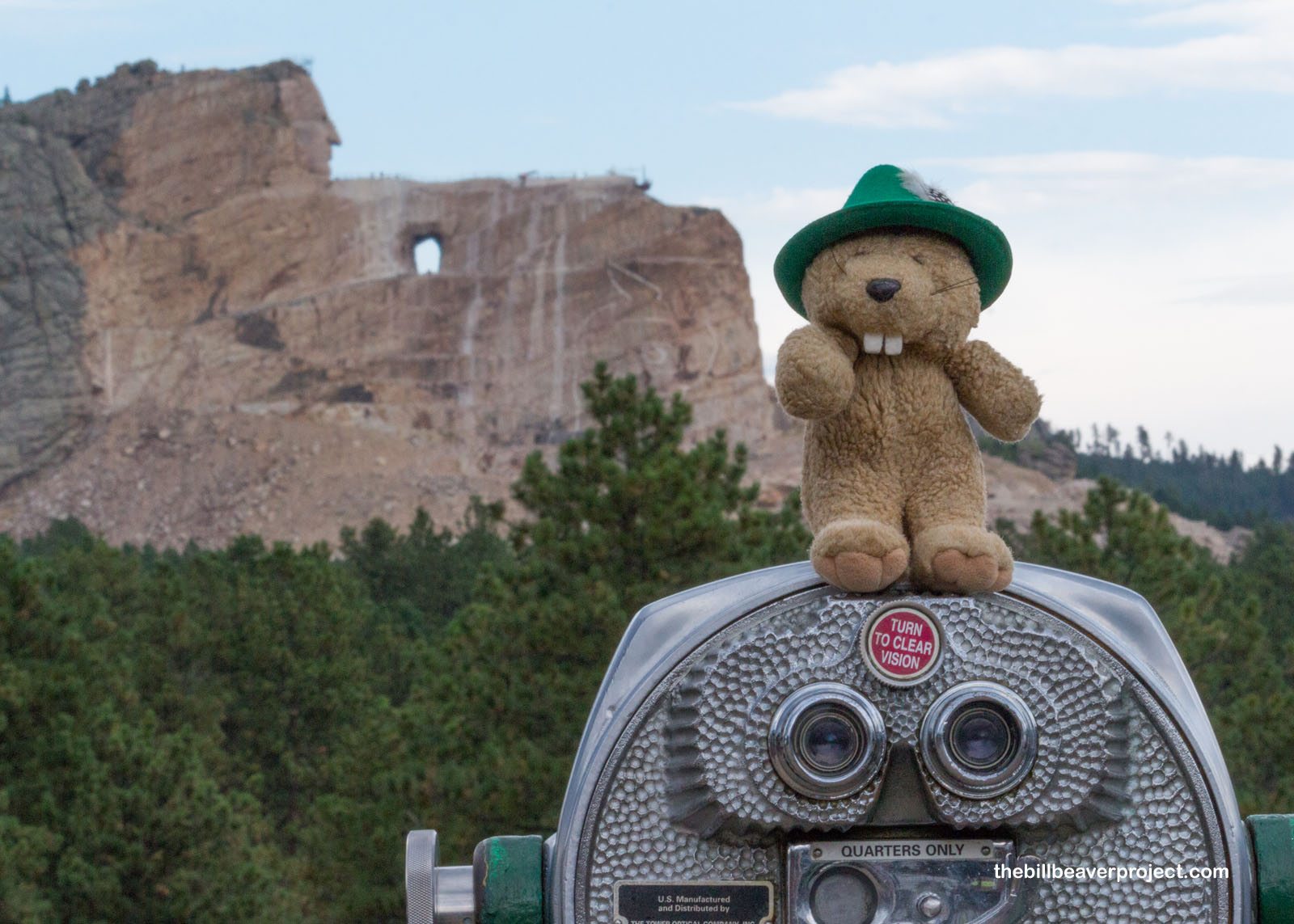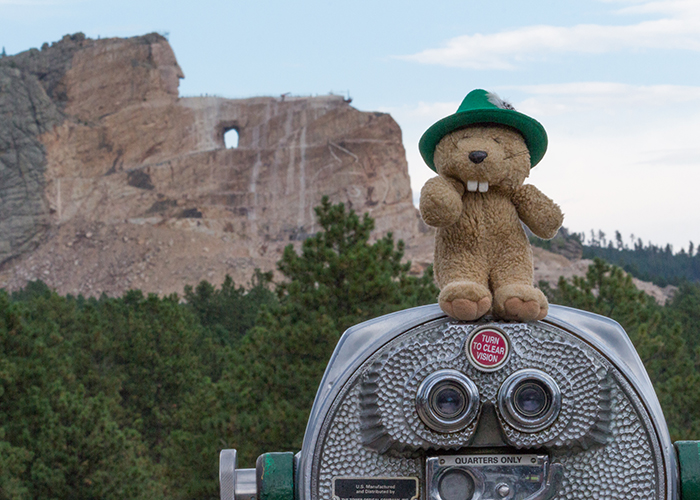| What makes it historical? |
Crazy Horse (Tasunke Witco) was the son of an Oglala Lakota medicine man and a legendary warrior, known for wearing a single hawk feather in his hair and a lightning bolt on his face. He was one of the Lakota leaders who did not ratify the Treaty of Fort Laramie, which established the Sioux Reservation and fought the taking of Sioux land until his last day. He is most famous for his role in the 1876 Battle of the Greasy Grass in which he cut off reinforcements for Custer’s 7th Regiment and led to the final native victory in the Plains Wars. He was killed at Fort Robinson under flag of truce, because the translator made a mistake, the soldiers moved to arrest Crazy Horse, and he was killed while resisting.
The memorial was the dream of Crazy Horse’s cousin, Henry Standing Bear, who wanted to create a monument to native heritage equal or greater in scope than nearby Mount Rushmore. To do so, he brought on sculptor, Korczak Ziolkowski, an assistant to Gutzon Borglum, to begin the massive task of carving the mountain in the likeness of someone whose photo was never taken (he feared it would steal his soul).
Mr. Ziolkowski worked on the mountain, for free, from June 3, 1948 to October 20, 1982, but in that time, he was only able to complete the outline and a hole where the warrior’s arm would be. The torch passed to his family, who completed the face on June 3, 1998, then the hand on December 31, 2014. There’s stll lots of work to be done, though, before this magnificent sculpture is complete! |
| How can I Help the Helpers? |
HERE’S HOW:
- Pay the entrance fee to help maintain trails, signs, structures, and other visitor services!
- Donate to the Crazy Horse Memorial!
- Be a responsible visitor! Please respect the signs and pathways, and treat all structures and artifacts with respect. They’ve endured a lot to survive into the present. They’ll need our help to make it into the future!
|




